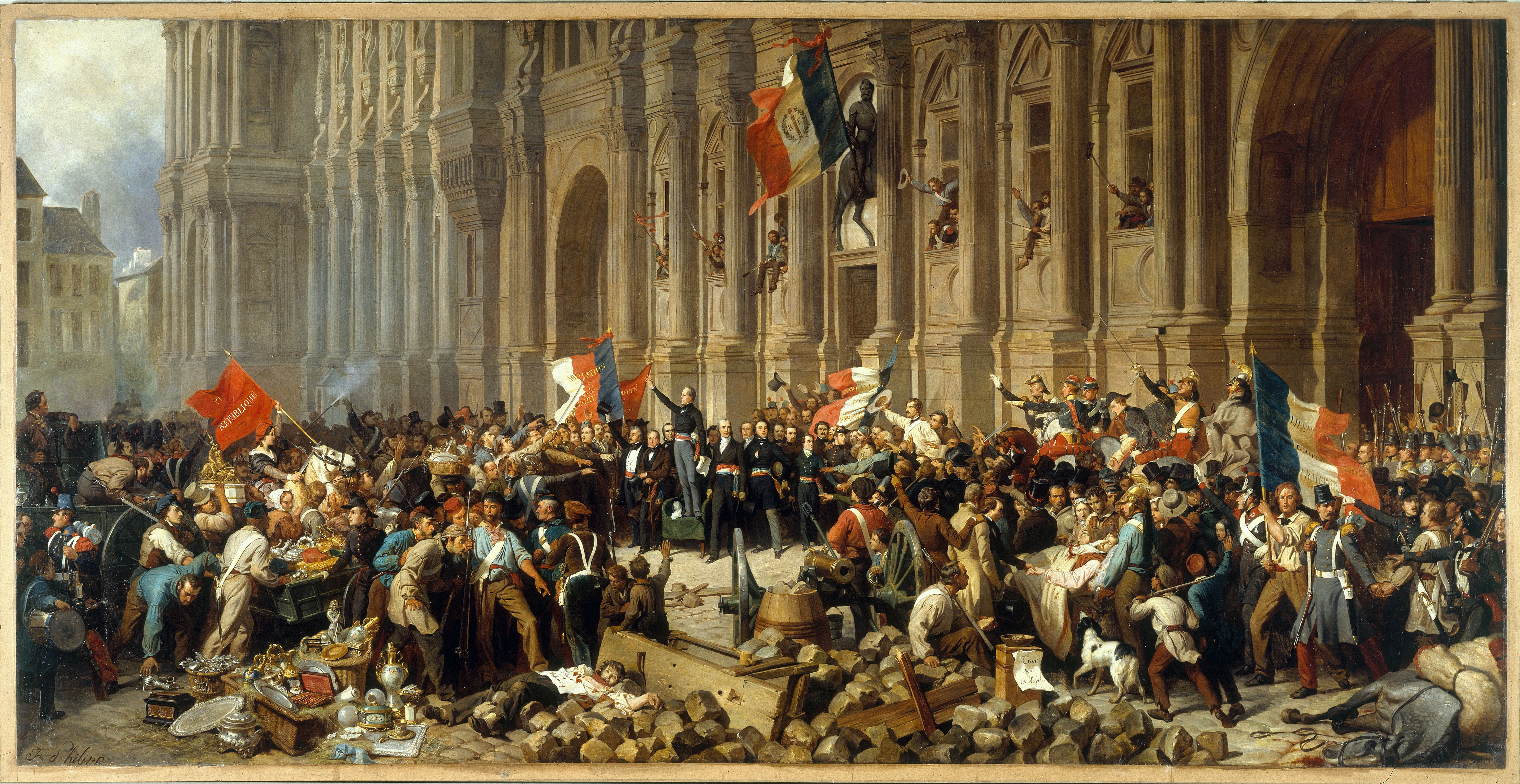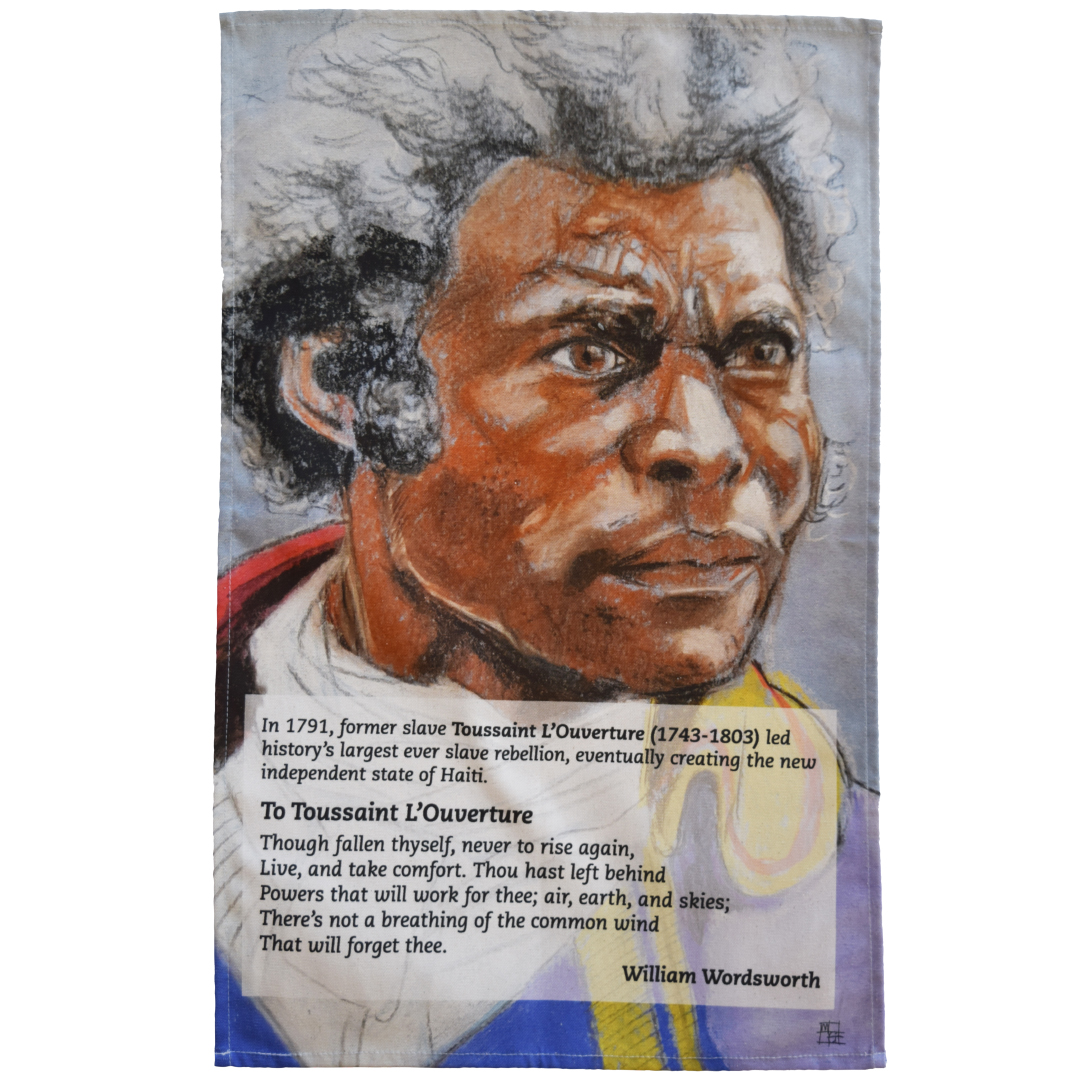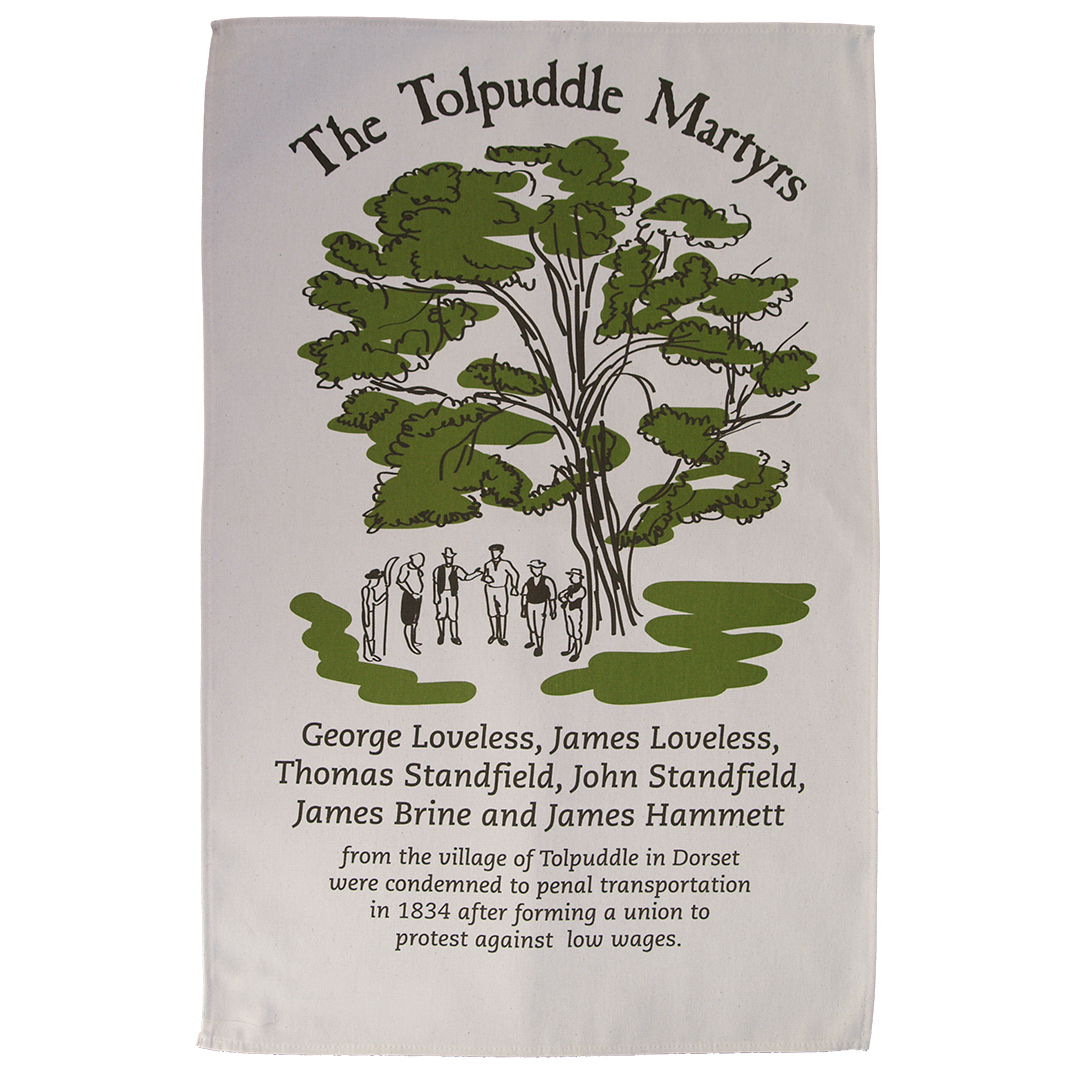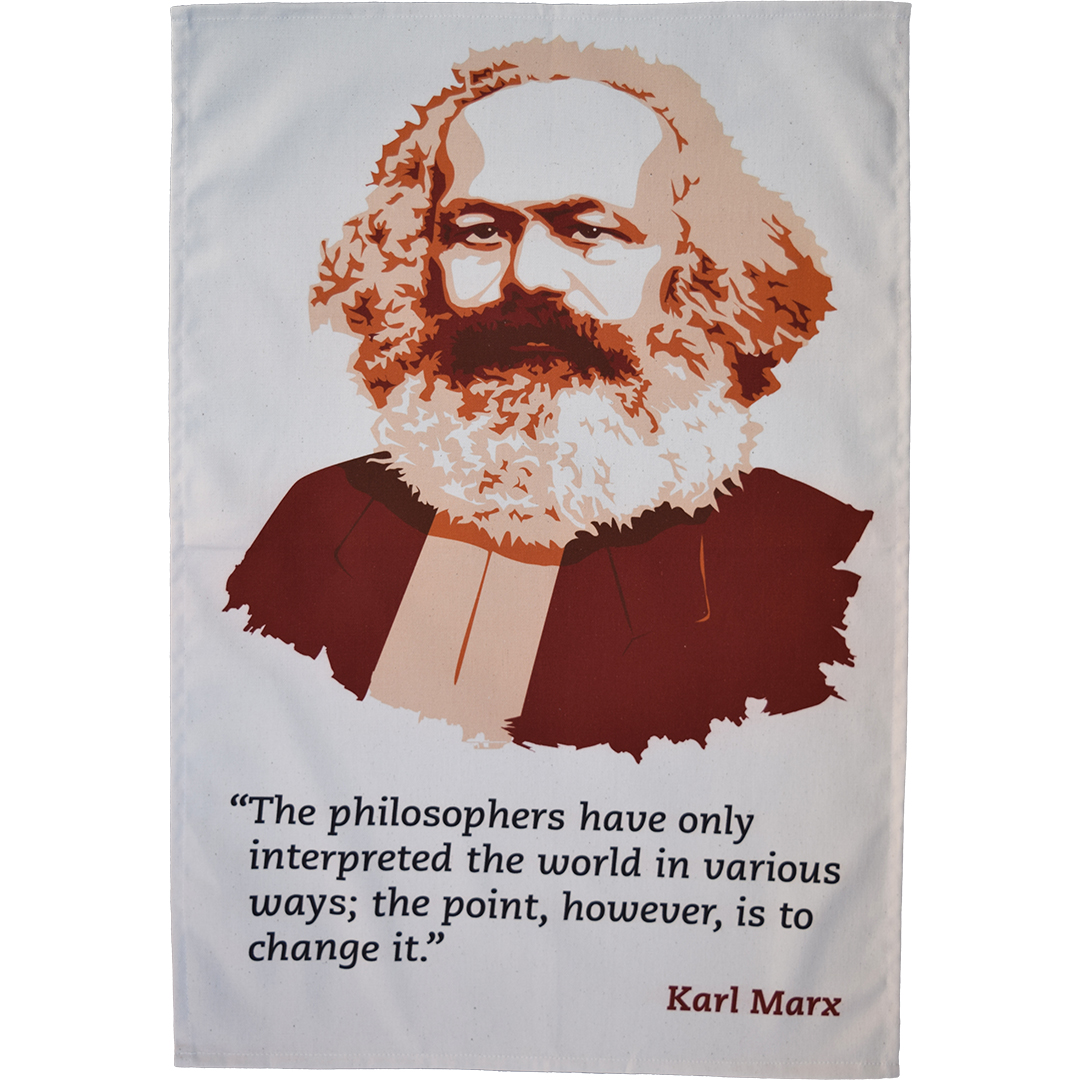Sleeping in a Volcano: The French Revolution of 1848
Posted by Pete on 24th Feb 2022

Everyone's heard of the French Revolution - but did you know there was more than one?
Revolutions don’t usually begin with dinner parties.
By 1848, France had been the European champion of revolutionary politics for half a century.
With the storming of the Bastille in 1789, the French people initiated a decade-long social struggle which changed the world.
Across the world, from Lyons to Haiti, radical egalitarian politics made centuries of progress in the space of just a few years.
Two years after the French Revolution of 1789, L'Ouverture led a rebellion which eventually overthrew French colonial rule in Haiti
Click to view our Toussaint L'Ouverture tea towel
But in France it was all brought to an end in 1799, when Napoleon launched a successful coup and installed himself as First Consul, then as Emperor.
And after Napoleon was beaten for good in 1815, the old Bourbons were reinstalled to rule France as kings again.
Despite the new constitution which was supposed to restrict the power of the monarchy, the Bourbons quickly resumed the family tradition of arbitrary government.
In turn, the French people returned to their own tradition of popular revolution.
When King Charles X (brother of the late Louis XVI) began to violate press freedom and other constitutional liberties, he was overthrown in July 1830.
The Bourbons were out, but the monarchists clung on to power.
In the power struggle of the July Revolution, less radical forces managed to toss the crown to a new family of aristocrats.
Louis Philippe, Duke of Orléans, was a (relatively) progressive cousin of the Bourbons. Promising to rule as a constitutionalist and a liberal, he was crowned ‘King of the French’ on 9 August 1830.
The Orléans dynasty had begun. It would be over in 18 years.
In Britain, meanwhile, the 1830s was a decade of resurgent radical protest, from the Chartists to the Tolpuddle Martyrs
Click to view our Tolpuddle Martyrs tea towel
By the late-1840s, socialism was on the rise among the workers, and the French middle-classes were angry at a continued lack of political representation – the vote in France was still limited to the richest men.
Things quickly began to bubble up again. In the words of the French historian and philosopher, Alexis de Tocqueville:
“We are sleeping together in a volcano… A wind of revolution blows, the storm is on the horizon.”
The government in France had restricted the right to political assembly, so rallies and protests were impossible.
Instead, in July 1847, bourgeois reformers initiated the so-called Campaign of Banquets – a series of dinners during which the flaws and wrongdoings of the regime were discussed.
It was all harmless enough: a bunch of posh radicals holding dinner parties.
But then the government made a fatal blunder.
In February 1848, Louis Philippe’s Prime Minister, François Guizot decided to ban all banquets, just as the campaign was running out of steam.
Reminiscent of Bourbon repression, this attack on the principle of free association immediately united moderate liberals with radical republicans.
On 22 February 1848, tens of thousands of Parisians were out on the streets calling “Down with Guizot!” The next day, 52 protestors were massacred by government troops.
Guizot resigned, but it was too late: the French Revolution of 1848 had begun.
Inspired by the pan-European revolutionary fervour of 1848, Marx and Engels published The Communist Manifesto
Click to view our Karl Marx tea towel
It wasn’t long before Louis-Philippe agreed to surrender the throne.
He hoped his grandson would inherit the crown and keep the monarchy going, but the republican opposition moved quickly to form a government for the Second French Republic. Louis-Philippe was to be the last king of France.
After the uprising in Paris, much of Europe followed suit: 1848 would be the most revolutionary year in European history.
Liberals, socialists, and nationalists tried (and often succeeded) to overthrow conservative regimes from Rome to Budapest.
Britain also saw a major uptick in Chartist agitation, leading to the demo on
Kennington Common in April 1848.
But, as usual, it wasn’t to last.
In some places, revolutionary action in 1848 just petered out. And in places like Hungary and Italy, it was crushed by foreign intervention, led by the armies of Tsarist Russia.
In France, too, conservatives soon regained the upper hand, backed by army commanders and the peasantry.
After the violent repression of a major workers’ revolt in Paris in June, the revolution was done.
On 10 December, 1848, Louis-Napoléon Bonaparte, nephew and imitator of the late Emperor, was elected President of the Second Republic.
When his term was coming to an end in 1852, he staged a coup and made himself Emperor – a knock-off version of his uncle.
His reign would last less than twenty years, as the winding road of French revolutions continued. But that, friends, is a story for another time…



